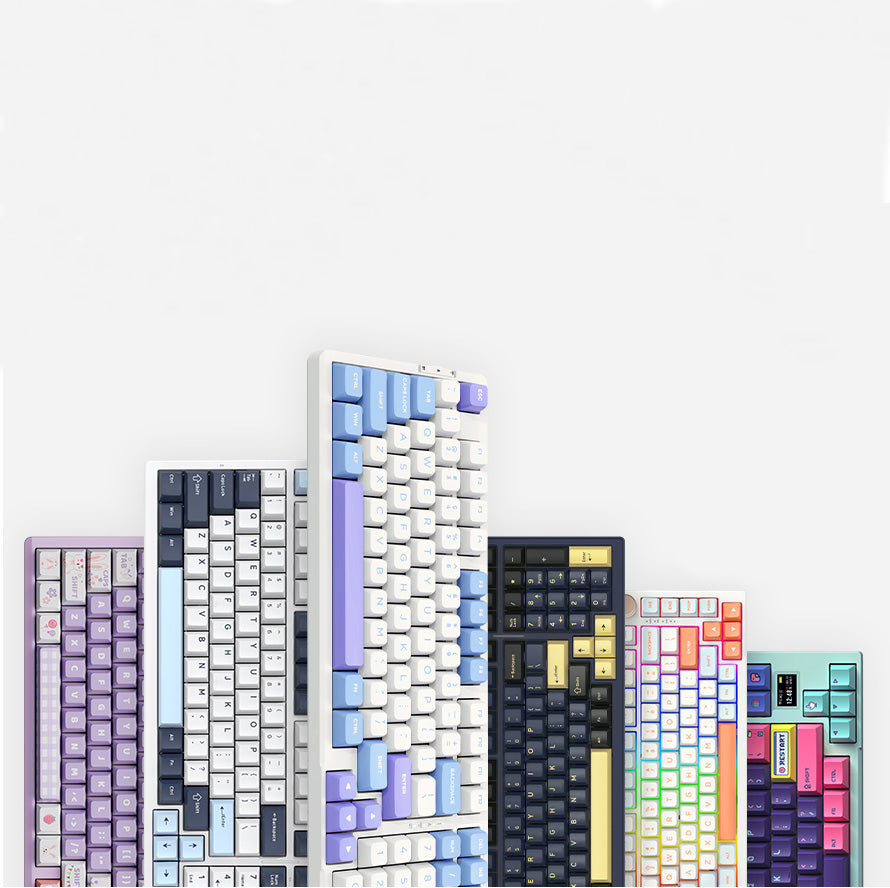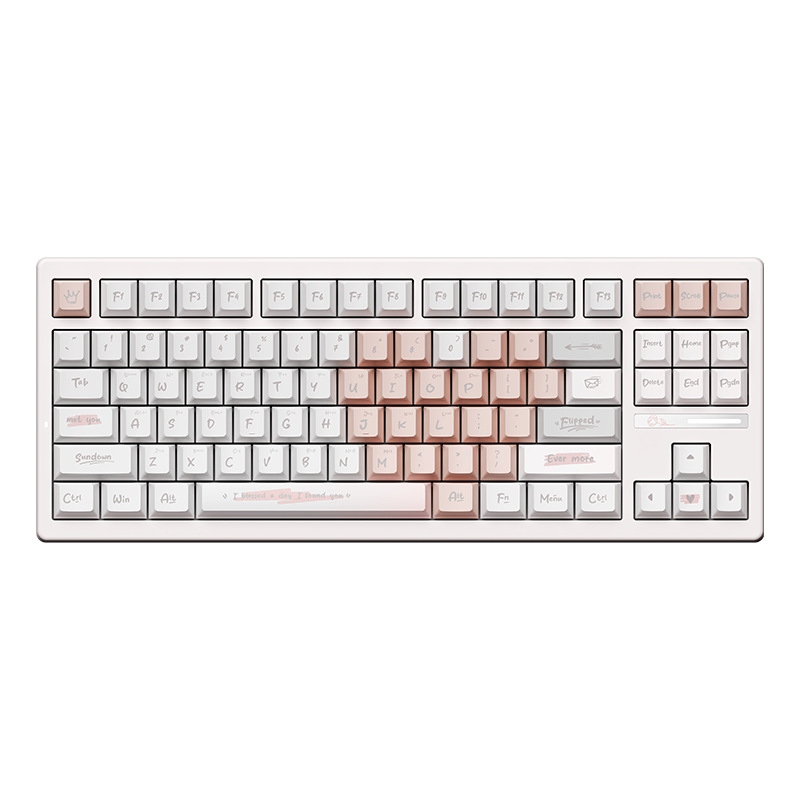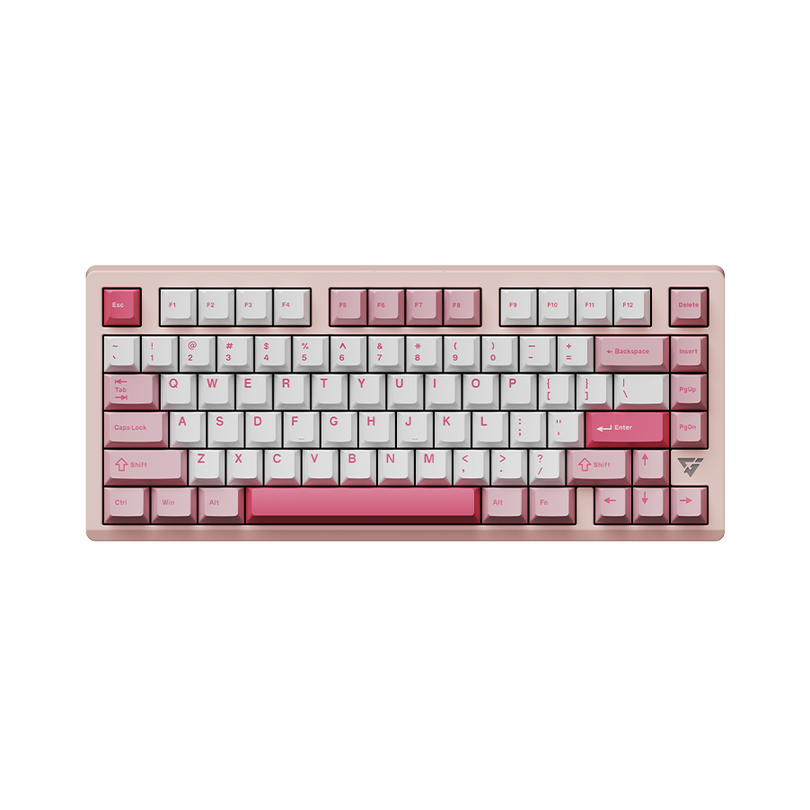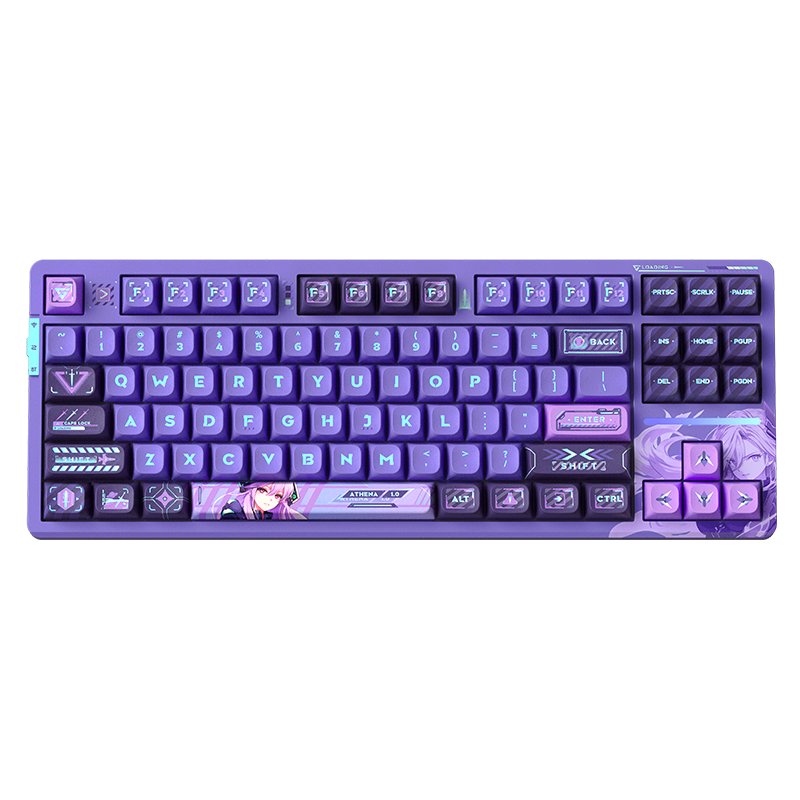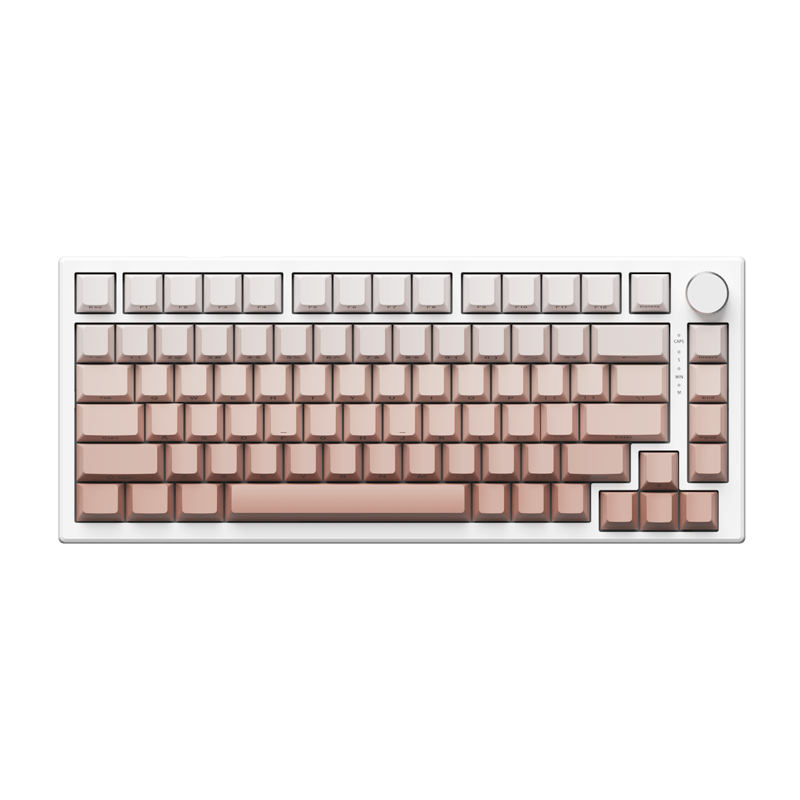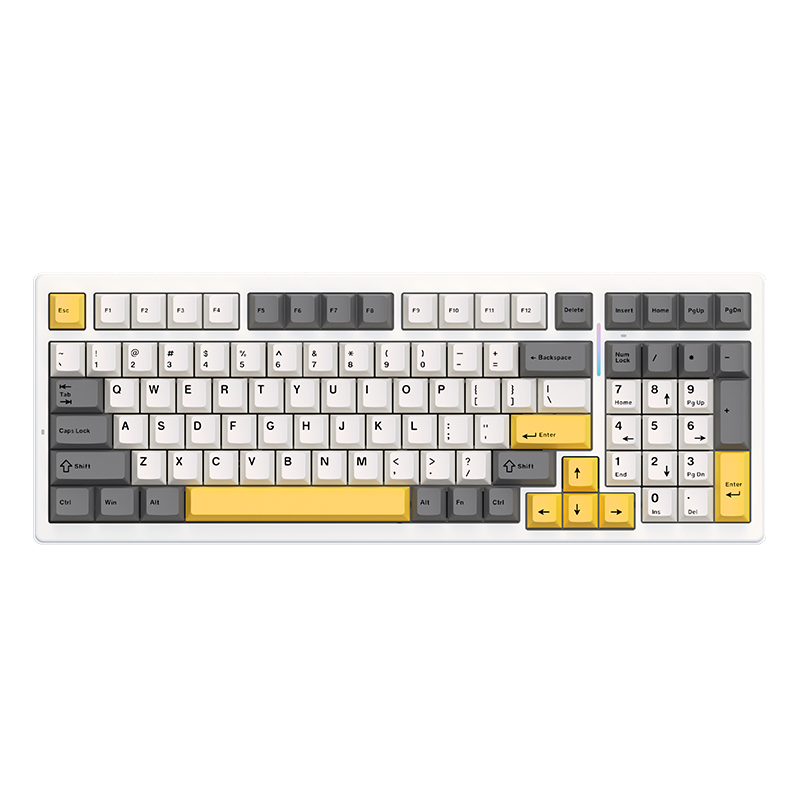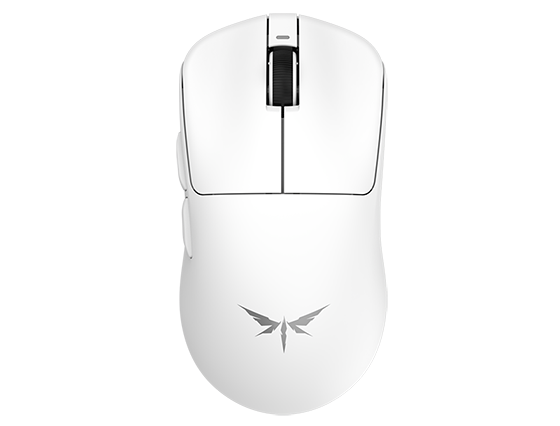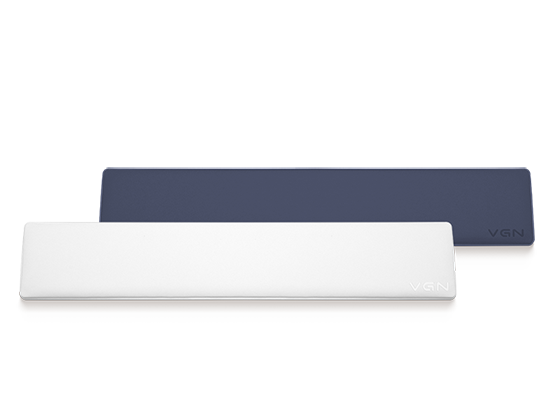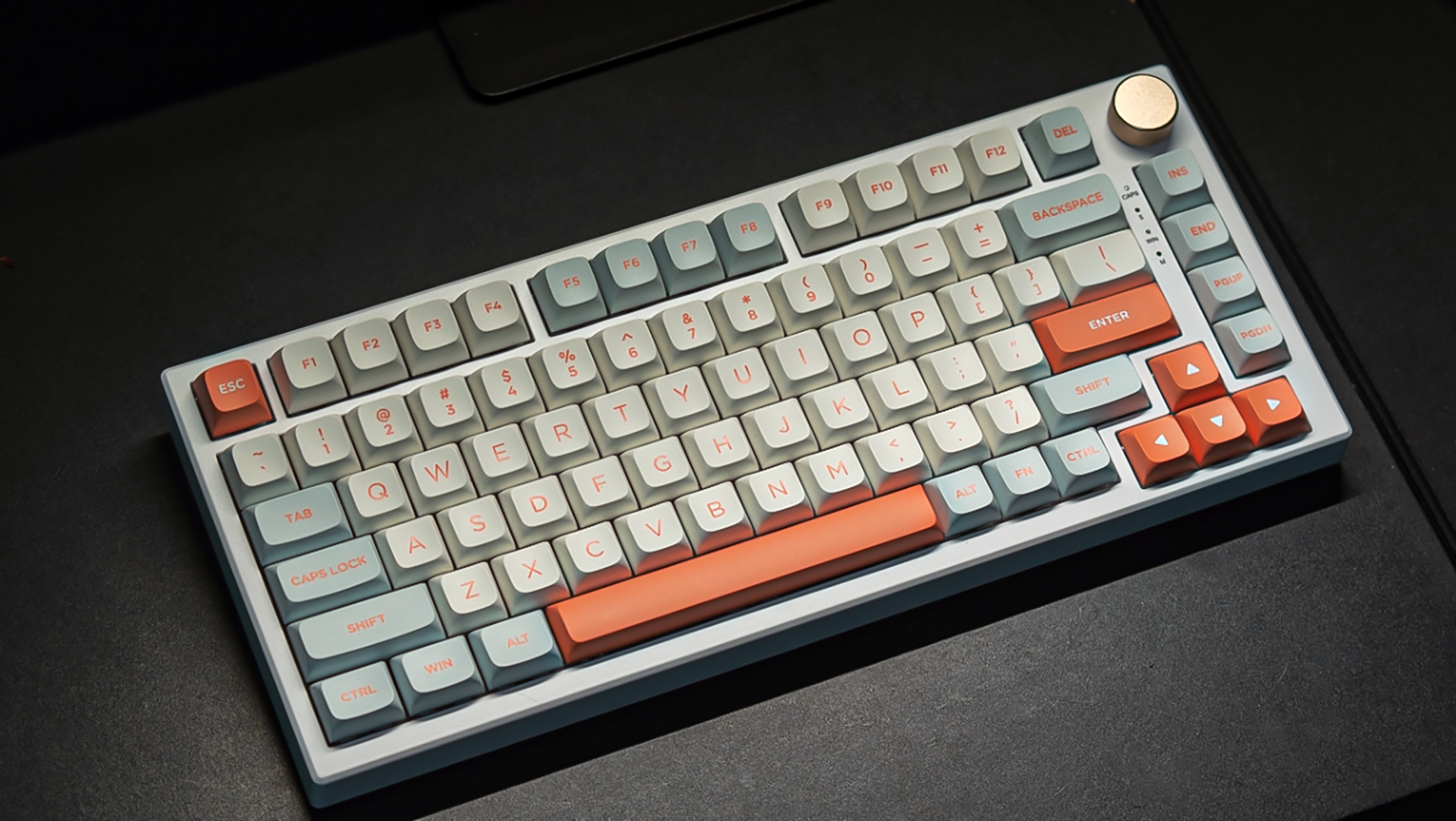When we look at the keyboard, it's easy to notice that the letters aren't arranged in alphabetical order. This non-alphabetical layout might seem a bit confusing, but it actually holds a profound historical background and functional logic. Let's delve into what lies behind this arrangement.
Historical Background
In the early era of typewriters, the letters on the keyboard were arranged in the QWERTY layout. This layout was initially designed to address mechanical issues with typewriters. At that time, the metal arms inside typewriters were prone to interlocking, so the QWERTY layout dispersed commonly used letters, reducing this interlocking issue, thereby increasing typing speed and minimizing jamming.
 The image is sourced from the internet
The image is sourced from the internet
Functional Logic
1.Maximally dispersing commonly used letters: QWERTY layout disperses commonly used letters across various positions on the keyboard, reducing finger conflicts and overlaps during typing, thus decreasing the likelihood of mechanical jamming.
2.Optimizing typing speed: This non-alphabetical arrangement is believed to facilitate smoother finger movements while typing, aiding in the enhancement of typing speed.
Although the QWERTY layout was initially designed to address mechanical issues, it has become widely adopted in keyboard design. Over time, alternative layouts like DVORAK and COLEMAK have emerged, aiming to better optimize typing speed and finger movements.

Summary
Although the arrangement of letters on the keyboard might seem somewhat illogical, this non-alphabetical sequence is actually a well-considered design. The invention of the QWERTY layout addressed mechanical issues in early typewriters and laid the foundation for subsequent keyboard layouts. Today, while this layout isn't the only choice available, it has become one of the classic examples in keyboard design.
